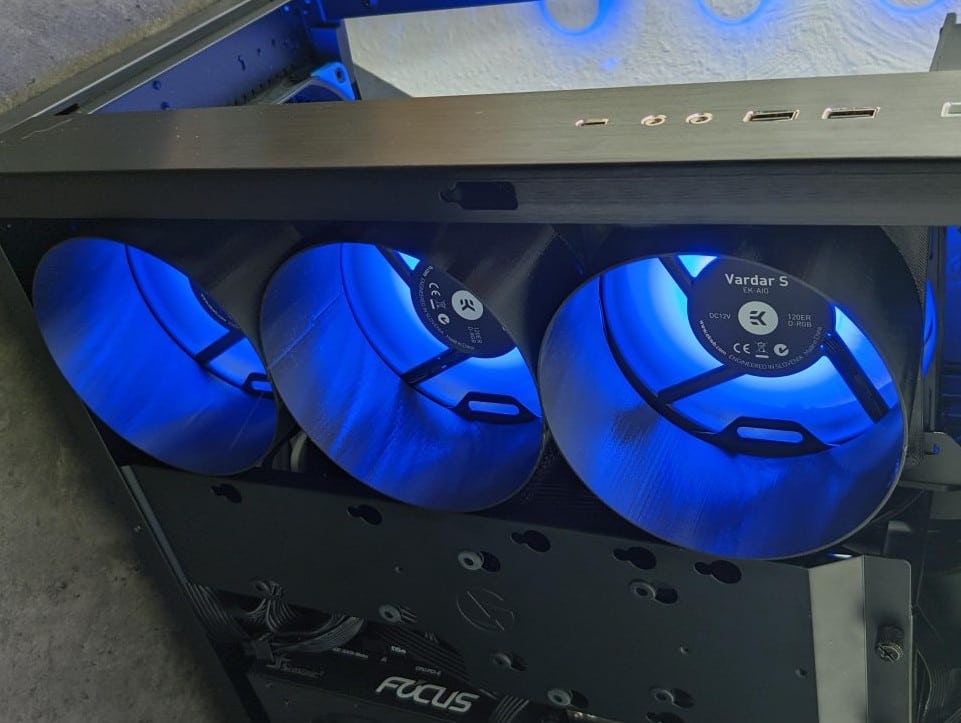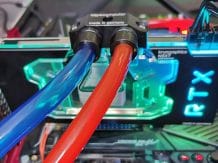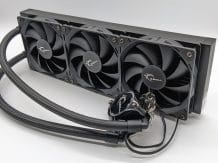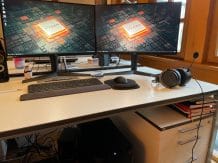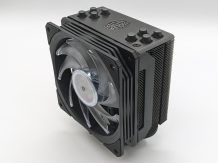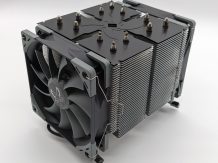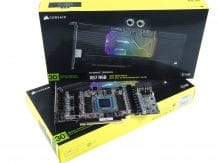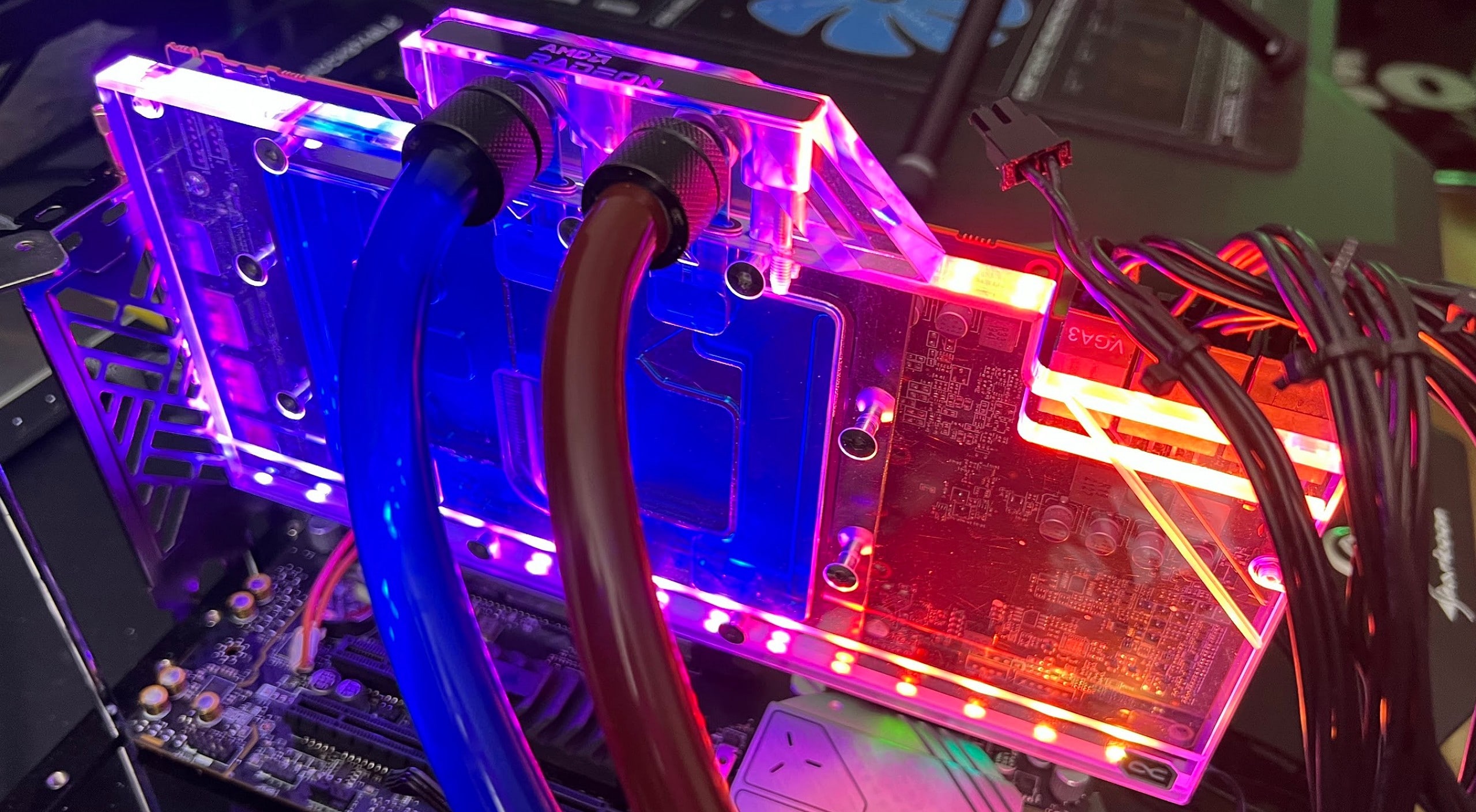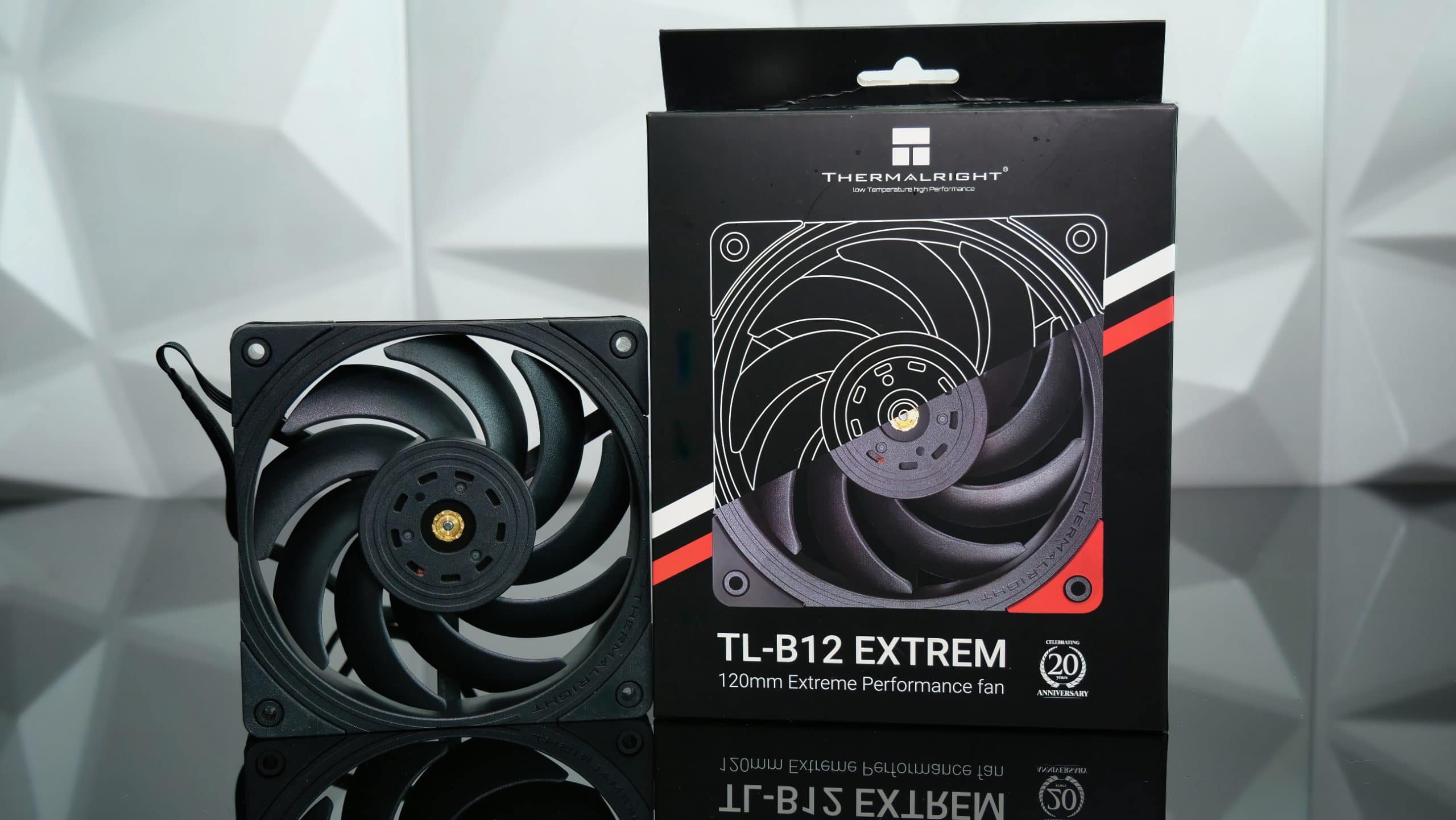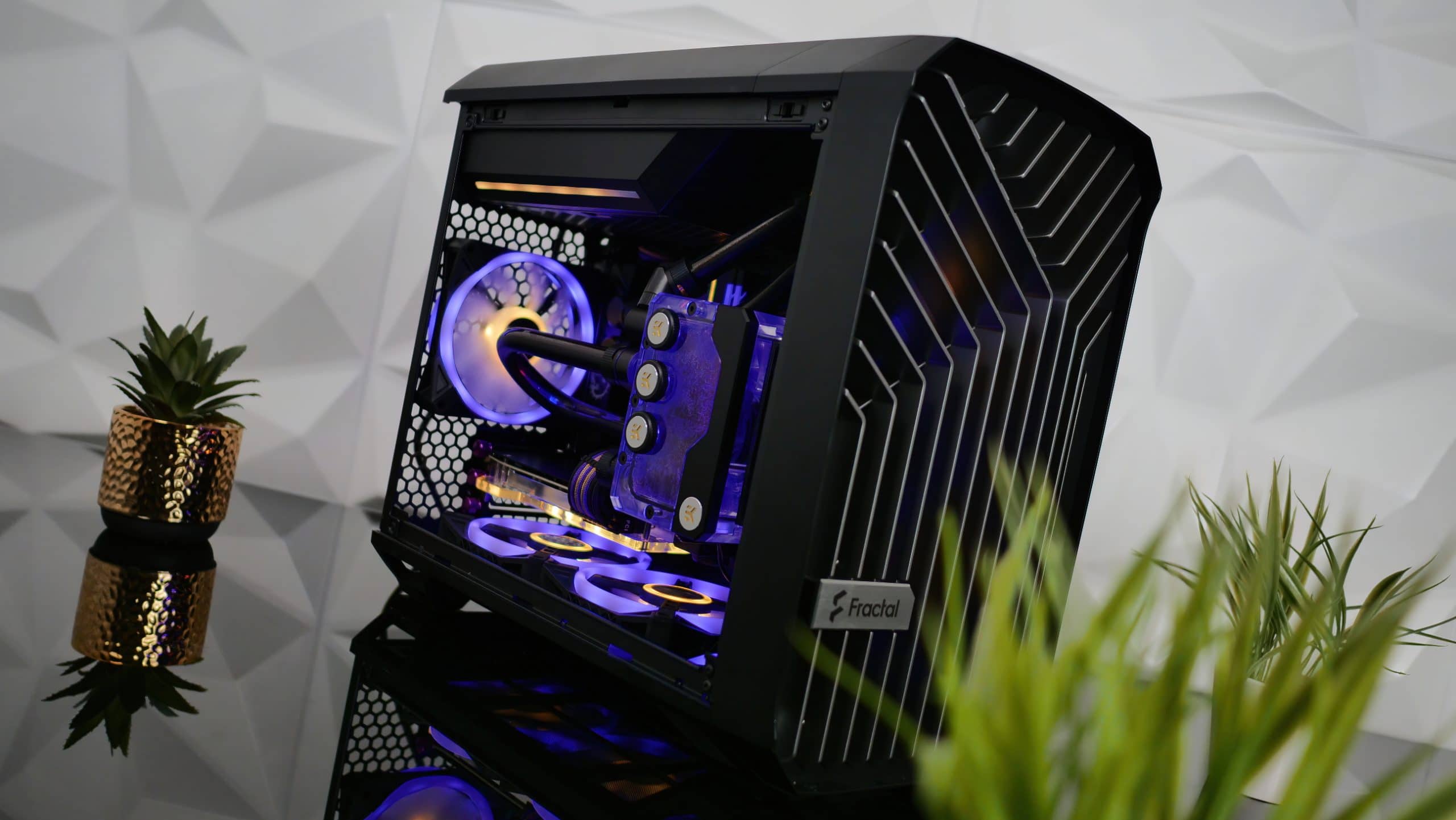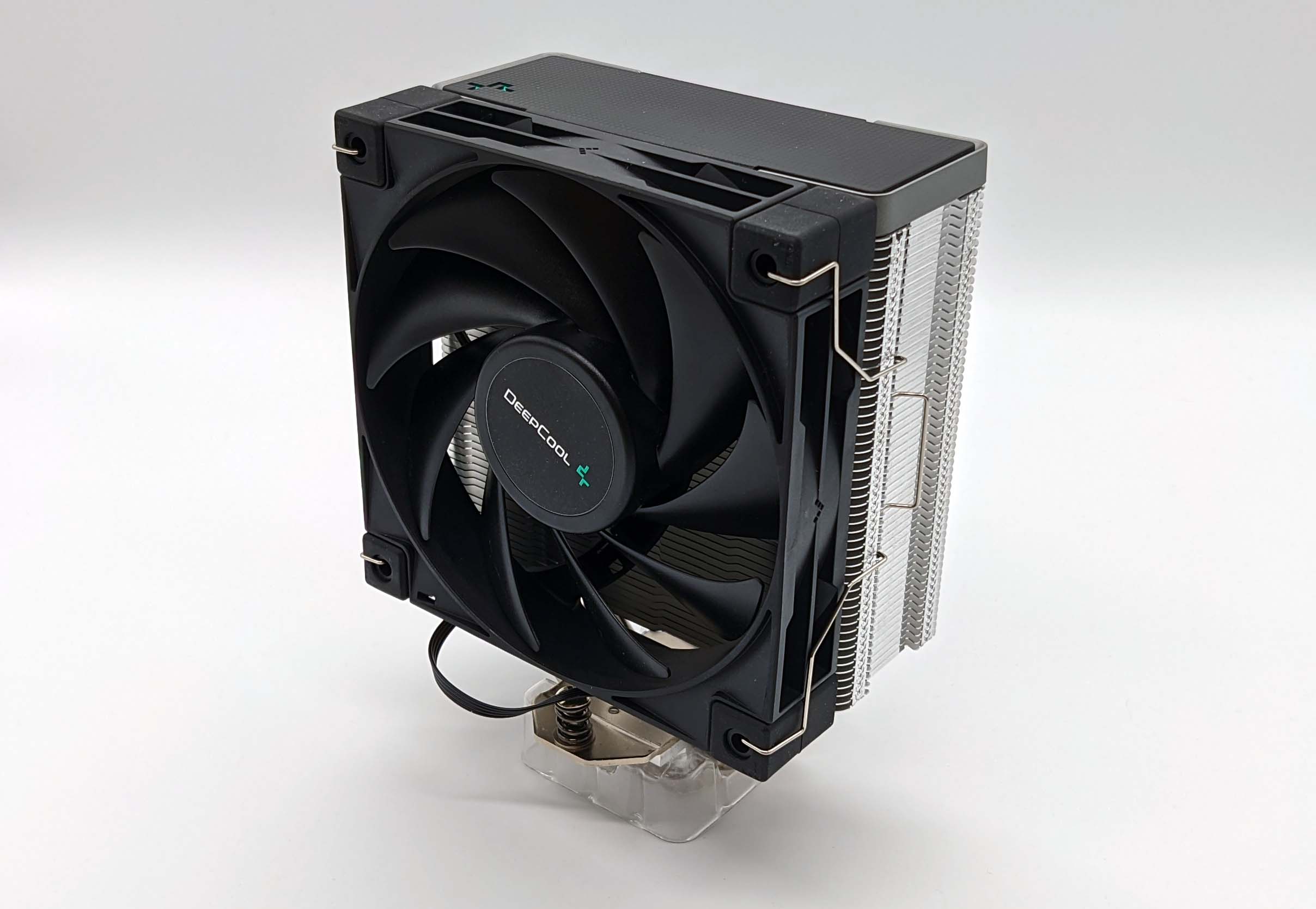Lian Li O11 Dynamic improved – Cool ideas against hotspots, hot plates and for a better airflow
What follows now is a solution for a mixture of a self-made problem, weekend project and experimentation. I have summarized the results and the way to get there in this article, in case someone else falls into this niche. But even if not, it should still be interesting for the rest.
problem
Any good problem solving should start with an analysis and description of the problem, so let’s start with that. My system is in an O11 Dynamic because that type of case just lends itself to the placement on my desk. Not very original, the case felt everyone, I know.
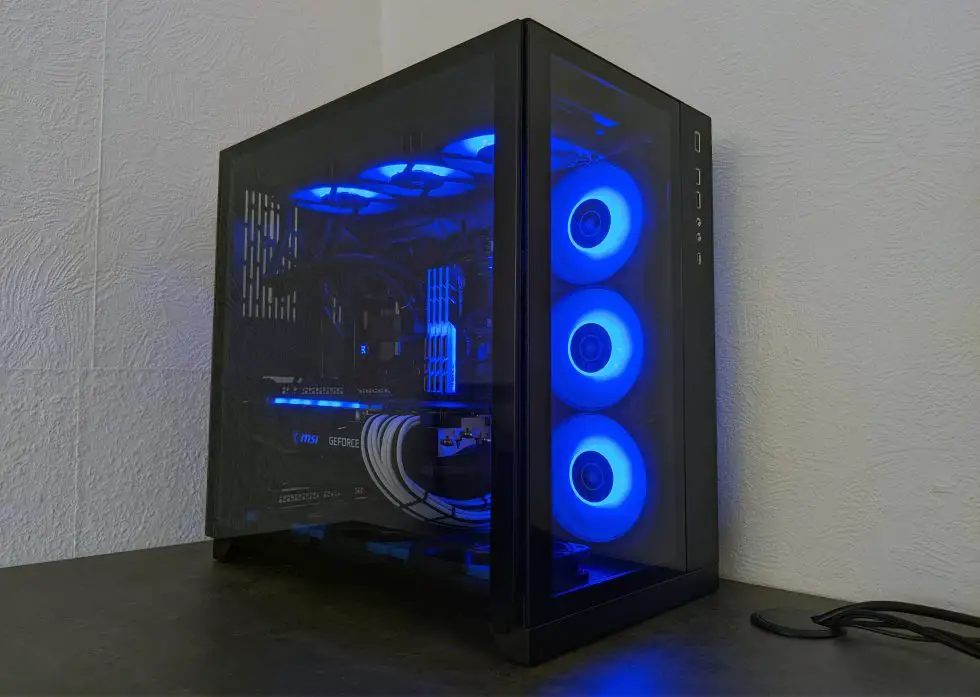
But if you still remember it, I’ve had this type of housing for a long time and I like using it. My Inter-Tech C701 was just getting a little small, hence the switch.
Fan assembly in a housing including overpressure concept – How many fans do you actually need where? | short test
As you can see here quite well, I have configured the fans above and below as intake, only the side fans act as exhaust. Why, when other arrangements might be better for the temperatures?
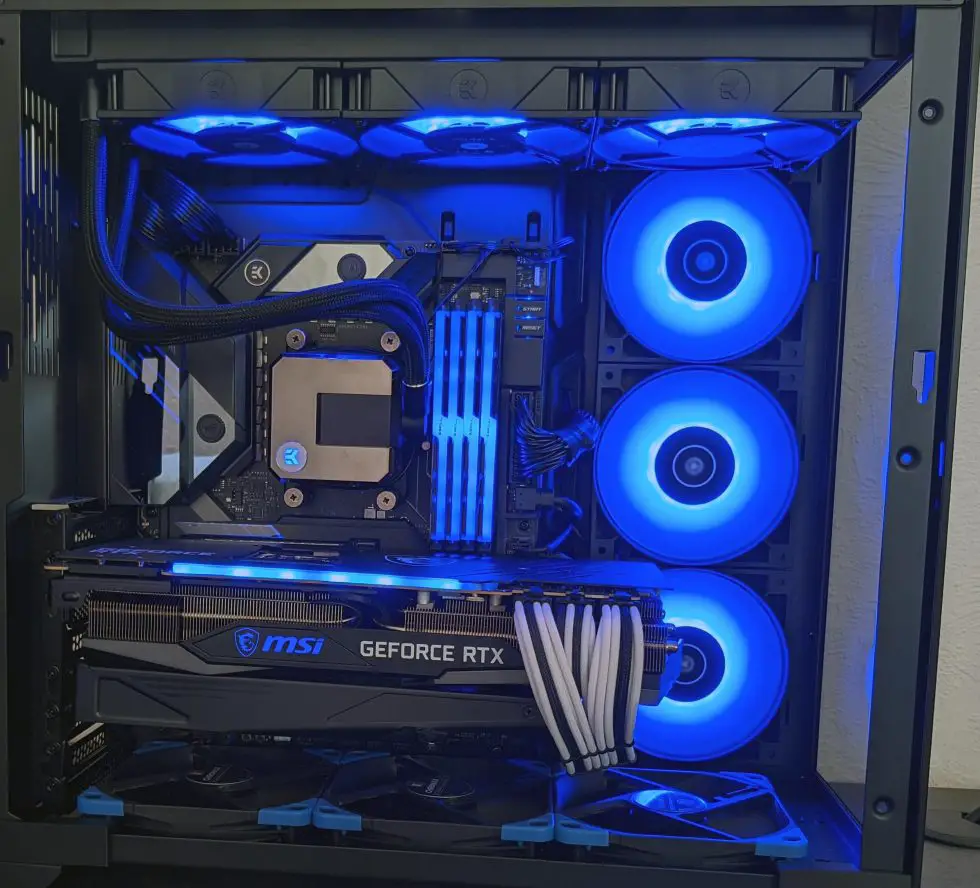
Simply because I think it looks best that way. I value the look of my system and am still trying a lot back and forth. First custom sleeve attempts included. But now to the actual disadvantage of the fans blowing out at the side, the air properly heated by the 5800X (120 watts) and RTX 3090 (370 watts) is transported into the second chamber of the housing, where it has a good effect on the power supply and especially hard drives.
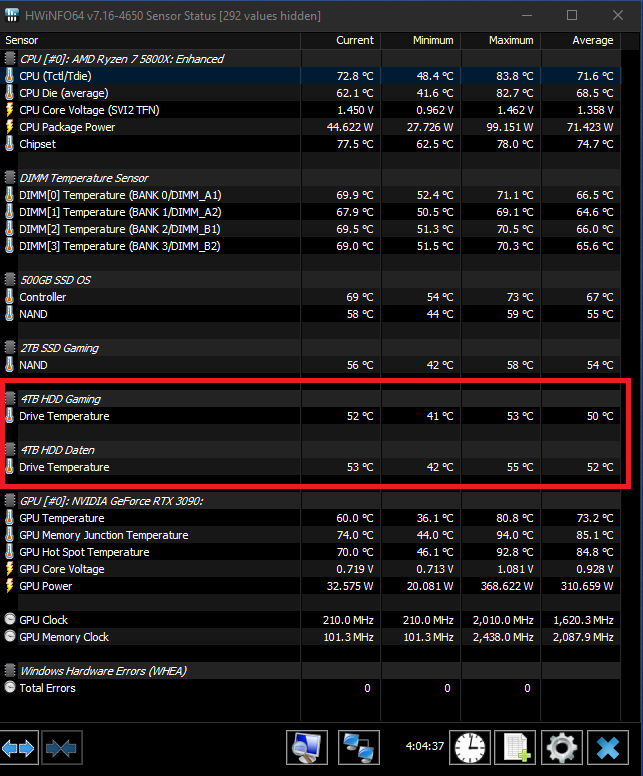
And so it happens that my two 4TB HDDs start to sweat at normal room temperatures. Incidentally, CrystalDiskInfo throws out a warning from 50°C, as I had to find out. Incidentally, hard drives are designed for temperatures of up to 60°C, but of course less does no harm.

I test my different approaches with a simulated load from MSI Afterburner in combination with the CPU Burner on 8 cores.

- 1 – issue
- 2 – Solution 1: Shrouds
- 3 – Solution 2: HDD fan
- 4 – Solution 3: Inverted fans
- 5 – Summary and conclusion




